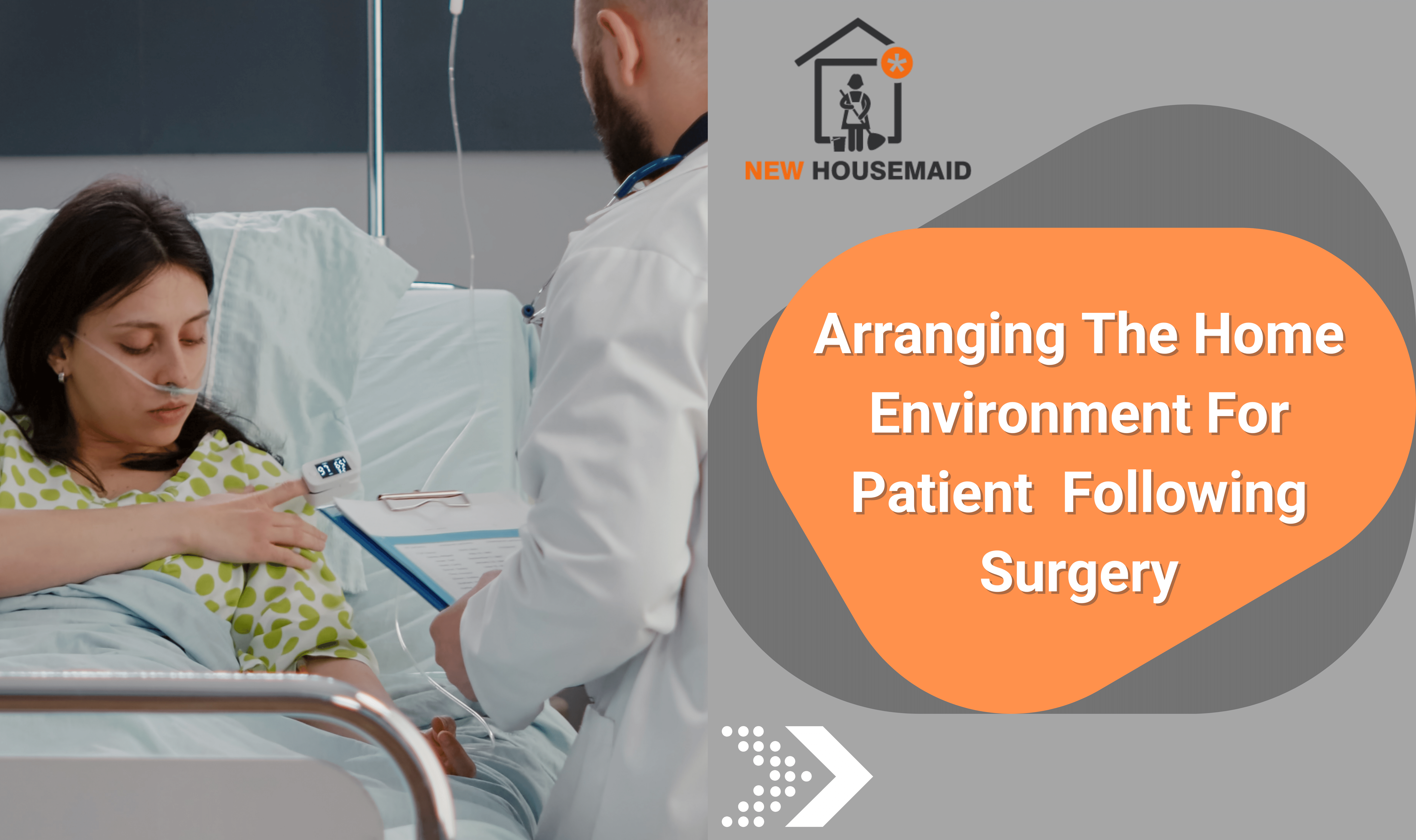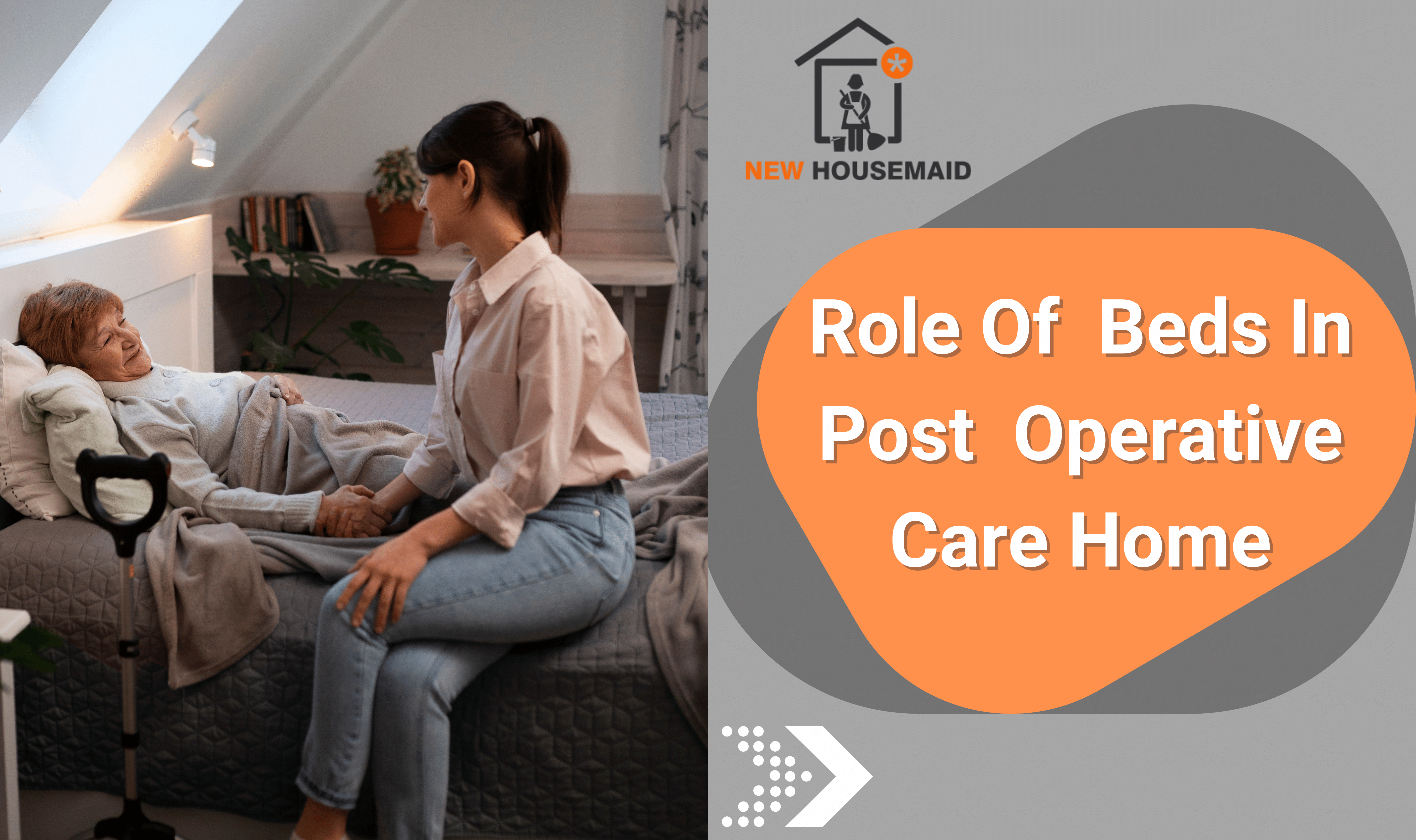
Arranging the Home Environment for Patients Following Surgery
Arranging the home environment is crucial for facilitating a safe and supportive recovery process for patients following surgery. Here’s an explanation of how to effectively arrange the home environment:
Clear Pathways
Ensure that pathways within the home are clear of obstacles, clutter, and tripping hazards. Remove loose rugs, electrical cords, and other items that could pose a risk of falls or accidents, especially if the patient has mobility limitations or is using assistive devices such as walkers or crutches.
Bedroom Setup
Set up the patient’s bedroom to optimize comfort and accessibility during the recovery period. Place essential items such as medications, water, tissues, and a phone within easy reach of the bed. Adjust the height of the bed to facilitate safe transfers in and out of bed, and consider using bed rails or assistive devices if needed.
Bathroom Safety
Make necessary modifications to the bathroom to enhance safety and accessibility. Install grab bars near the toilet and shower or bathtub to assist with balance and support during toileting and bathing. Use non-slip bath mats or adhesive strips in the shower or tub to reduce the risk of slips and falls.
Kitchen Accessibility
Arrange the kitchen to make it easier for the patient to access necessary items for meal preparation and dining. Place frequently used items within reach of countertops and lower cabinets to minimize bending and reaching. Consider using assistive devices such as reachers or utensil holders to aid in meal preparation.
Sleeping Arrangements
If the patient has specific sleeping preferences or requirements due to their condition or surgical procedure, accommodate these needs by adjusting bedding, pillows, and mattress firmness to ensure optimal comfort and support. Consider using additional pillows or cushions to support the body and promote proper alignment during sleep.
Assistive Devices
Ensure that any prescribed assistive devices, such as wheelchairs, walkers, or crutches, are readily available and easily accessible throughout the home. Store devices in designated areas near entryways or commonly used areas to facilitate ease of use and encourage their consistent use as directed by healthcare providers.
Temperature Control
Maintain a comfortable and consistent temperature throughout the home to promote relaxation and well-being. Use fans, heaters, or air conditioning as needed to adjust the temperature to the patient’s preferences and ensure a comfortable environment for recovery.
Lighting
Ensure that lighting in the home is adequate and properly positioned to reduce the risk of accidents and enhance visibility, especially during nighttime or when moving around the home. Install nightlights in hallways, bathrooms, and other areas to provide additional illumination and prevent falls.
Emergency Preparedness
Prepare for emergencies by keeping emergency contact information, including the contact information for healthcare providers and emergency services, readily available. Ensure that smoke detectors and carbon monoxide detectors are in working order and install fire extinguishers in key locations throughout the home.
Comfort and Personalization
Consider the patient’s individual preferences and comfort needs when arranging the home environment. Personalize the space with comforting items such as favorite blankets, pillows, or photos to create a soothing and reassuring atmosphere during the recovery process.
By carefully arranging the home environment to optimize safety, accessibility, and comfort, patients can recover more comfortably and confidently following surgery, while reducing the risk of accidents or complications that could impede their recovery progress.
Elevate your loved one’s care with New Housemaid. Our dedicated patient caretakers offer personalized support and companionship, ensuring comfort and well-being at home. Experience peace of mind today – choose New Housemaid for exceptional patient care service. Contact us today.


